California Drought and Strengthening El Nino Accelerate Statewide Water Transition
New infrastructure, laws, and practices help the state respond to hydrologic extremes, but more are needed.
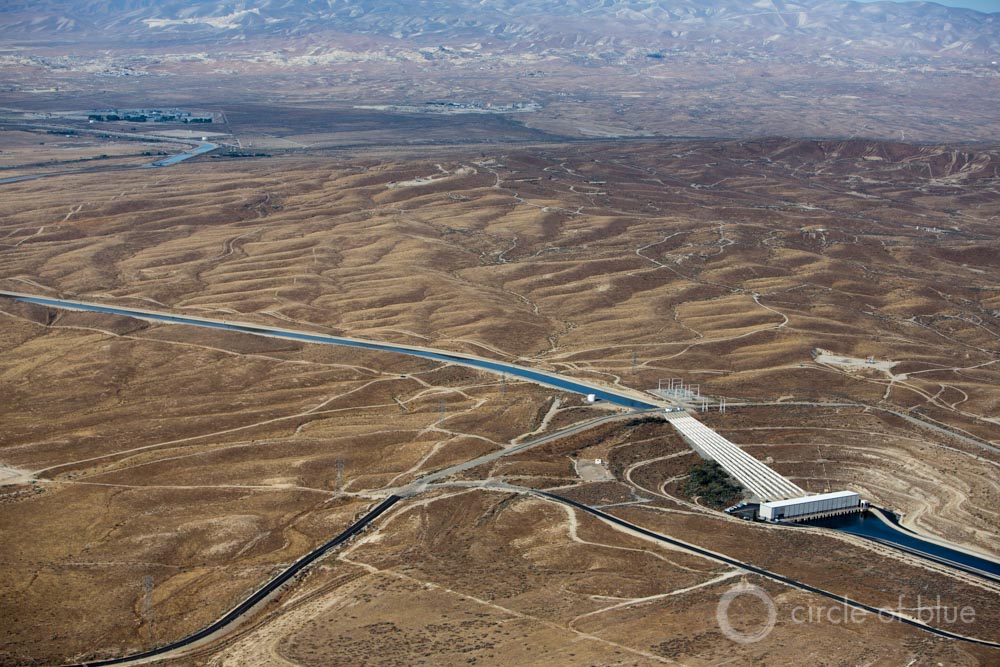
By Brett Walton
Circle of Blue
As perhaps the strongest El Nino on record forms in the eastern Pacific Ocean, public officials in California are preparing for a winter in which the state’s drought emergency might be interrupted by disastrous floods.
Yet even a “Godzilla” El Nino, as one NASA scientist dubbed the warming ocean waters, will not solve the state’s water supply imbalances that preceded the current drought and will persist long after, according to experts who spoke Tuesday at a virtual town hall, hosted by Circle of Blue and Maestro Conference.
Godzilla unfortunately doesn’t have freezing breath ensure that all the rain we get is going to restore the snowpack in our mountains.”
–Kevin Klowden, managing director
Milken Institute’s California Center
“Godzilla can’t dig cisterns and build us water storage infrastructure, and Godzilla unfortunately doesn’t have freezing breath ensure that all the rain we get is going to restore the snowpack in our mountains,” said Kevin Klowden, managing director of the Milken Institute’s California Center in Santa Monica, at the Catalyst: California town hall.
Transitions are underway in many cities, industries, and farm districts, Klowden said, noting Los Angeles’s commitment to using local water sources for 50 percent of its supply by 2035 and the water infrastructure investments that will stem from the $US 7.5 billion bond that state voters approved last November. Still, gaps exist between the water systems of today and the water systems that will be necessary to provide secure water supply through the rest of the 21st century.
“The infrastructure isn’t quite there yet,” Klowden explained, referring to the lack of pipelines and storage basins, both above and below ground, to capture and retain the sheets of water that could flow from El Nino storms. “In a lot of ways, this [winter] will be a test for us.”
Though the odds are stacked for a wet winter, El Nino could turn out to be a dud, according to Michael Anderson, the state climatologist.
“El Nino is the most variable hydrologic outcome for California,” Anderson said. “What happens in the north might be very different from what happens in the south. We can have coastal storm damage but also storms that don’t quite do much for the snowpack.”
The state’s climate history is a seismographic seesaw from dry to wet. Conditions today are tipped so far toward the dry side that the time is ripe to implement new ideas, according to the town hall panelists.
“The hope is that this drought can catalyze change,” said Sandra Postel, director of the Global Water Policy Project. “The challenge for California is the same for much of the world, which is to figure out how to meet the water, food, and energy needs of this growing population and sustain a vibrant economy without going deeper into water debt and sacrificing the health of freshwater ecosystems.”
New Ideas Are Readily Available
California became the world’s seventh largest economy with assistance from its network of mountain reservoirs and long-distance canals, most of which — the California Aqueduct, Central Valley Project, Colorado River Aqueduct, and Los Angeles Aqueduct — were built more than a half-century ago.
Yet the old system, according to Richard Luthy, an engineering professor at Stanford University, is increasingly unreliable in today’s hydrologic conditions. Relying on a centralized system that moves water hundreds of miles and treats all waters to drinking water standards destroyed fish habitat, consumed large jolts of electricity, and is vulnerable to a warming climate and shrinking Sierra Nevada snowpack.
Water systems of the future, Luthy said, will be smaller and local, trapping rainwater and reusing the water that drains from sinks, showers, and toilets.
Fortunately, California has a constellation of successful models for inspiration. Luthy pointed to the Orange County Water District, which treats wastewater and uses it to replenish its drinking water aquifer, and the East Bay Municipal Utility District, which turns food scraps and sewage waste into methane that powers its water treatment facility.
The Los Angeles Department of Water and Power, the state’s largest urban water retailer, is also blazing a new path. The city is set on becoming more self-reliant for water, according to Martin Adams, assistant general manager of the water system. Mayor Eric Garcetti’s sustainability plan, released in April, orders the city to get half its water from local sources – rainwater, recycled water, and conservation – by 2035.
Though there are still questions about the best way to integrate smaller systems with the existing centralized facilities, they are well-established practices. Cities just are not doing enough of them, Luthy said.
“In our field of water and wastewater, people are very conservative,” Luthy explained. “We need risk takers. Often leaders are not rewarded for innovation.” The utilities that ran out of other options that take a chance on new ideas, he added. Thanks to the drought, more and more in California are finding themselves in that uncomfortable position.
The third Catalyst: California town hall will be held August 25 at 10:00 a.m. EDT (7:00 a.m PDT). Discussions will explore the lessons that the world can learn from California’s drought emergency. For more information about the event and to register, click here. Read a recap of the first Catalyst: California town hall, California Drought Signals Fundamental Shift to New Water Conditions.
Brett writes about agriculture, energy, infrastructure, and the politics and economics of water in the United States. He also writes the Federal Water Tap, Circle of Blue’s weekly digest of U.S. government water news. He is the winner of two Society of Environmental Journalists reporting awards, one of the top honors in American environmental journalism: first place for explanatory reporting for a series on septic system pollution in the United States(2016) and third place for beat reporting in a small market (2014). He received the Sierra Club’s Distinguished Service Award in 2018. Brett lives in Seattle, where he hikes the mountains and bakes pies. Contact Brett Walton


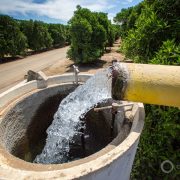
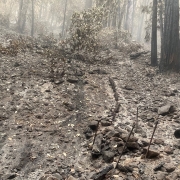
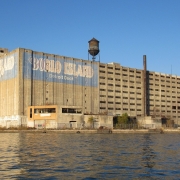
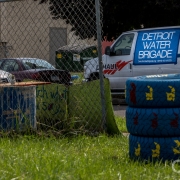
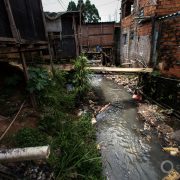
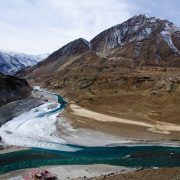


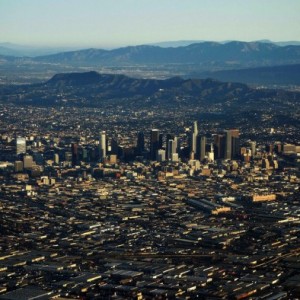

Leave a Reply
Want to join the discussion?Feel free to contribute!